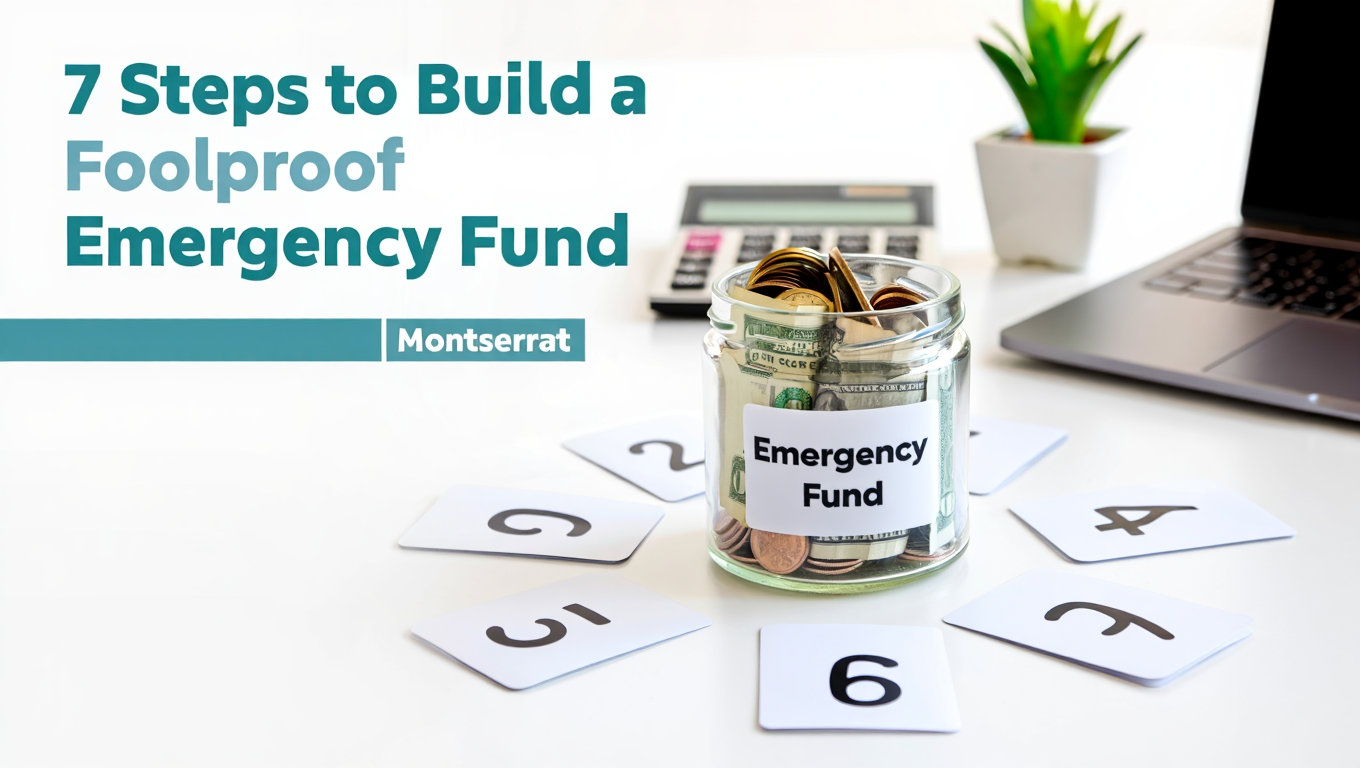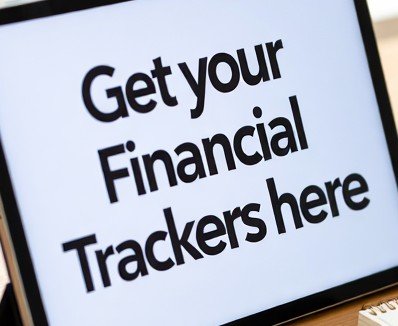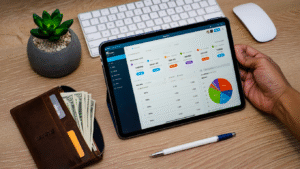
Because life happens—and your savings should be ready when it does.
Unexpected bills. Job loss. Medical surprises. Car troubles. A pet emergency. Life doesn’t wait for payday.
That’s why an emergency fund isn’t just a “nice to have”—it’s your financial safety net.
If you’ve ever wondered how much you should save, where to put it, or how to build it on a tight budget, you’re in the right place.
Here’s a clear, step-by-step guide to building an emergency fund that protects your future and gives you peace of mind—no finance degree required.
🪜 Step 1: Set a Realistic Savings Goal
Know your number before you start saving.
How much should your emergency fund be? Most experts recommend saving 3–6 months’ worth of essential living expenses. This includes things like:
- Rent or mortgage
- Utilities
- Groceries
- Transportation
- Insurance
- Minimum loan payments
Example:
If your essential monthly costs total $2,000, aim for $6,000 to $12,000 in your emergency fund.
💡 Feeling overwhelmed? Start smaller. Try a beginner goal of $500 or $1,000. Hitting that first milestone builds confidence—and momentum.
🏦 Step 2: Open a Dedicated Savings Account
Keep your emergency fund separate from your everyday spending.
Mixing your emergency savings with your regular checking account makes it way too easy to “accidentally” spend it.
Instead, open a separate, high-yield savings account (HYSA) specifically for emergencies. Here’s what to look for:
✅ No monthly fees
✅ Competitive interest rates (HYSAs earn more than regular savings)
✅ Easy transfers, but not too easy—you don’t want to dip into it impulsively
Pro tip: Nickname the account something motivating like “Rainy Day Fund” or “Future Me.”
🔁 Step 3: Automate Your Savings
Build your fund without even thinking about it.
The easiest way to grow your emergency fund is to make it automatic. Set up recurring transfers from your checking account to your emergency fund every payday.
💡 Start with whatever you can—$10, $25, $100. The key is consistency.
It adds up:
- $25/week = $1,300/year
- $50/week = $2,600/year
- $100/week = $5,200/year
Saving becomes stress-free when it’s out of sight and out of mind.
🧱 Step 4: Start Small, Stay Consistent
Small steps now = big wins later.
You don’t need to put aside thousands overnight. Building a solid emergency fund is like building a brick wall—one brick at a time.
- Start with what you can afford, even if it’s just spare change.
- Use roundup apps or bank features that stash away your digital “spare change” from purchases.
- Challenge yourself to no-spend weekends and put that extra money into savings.
Remember: Consistency beats intensity.
Even $5 a day is over $1,800 a year.
✂️ Step 5: Cut Unnecessary Spending
Make room in your budget by trimming the fat.
You don’t need to go full minimalist—just shift some spending habits.
Here’s how to find extra cash for your emergency fund:
🔍 Audit your expenses:
- Cancel unused subscriptions
- Downgrade your streaming plans
- Cook more meals at home
- Bring your own coffee 2x a week
🚫 Avoid lifestyle creep:
When your income increases, avoid increasing your expenses right away. Direct that “extra” into savings instead.
Even saving $100/month from budget tweaks = $1,200/year.
🎁 Step 6: Use Windfalls Wisely
Boost your fund without touching your regular paycheck.
When unexpected money comes your way—tax refunds, bonuses, gifts—don’t blow it. Put a portion straight into your emergency fund.
Good rule of thumb?
Save 50%, spend the rest guilt-free.
🧧 Ideas for windfall savings:
- Tax refund season
- Birthday or holiday cash
- Stimulus checks
- Performance bonus
- Selling unused stuff online
These lump sums can fast-track your fund and ease your financial stress.
🚨 Step 7: Only Use It for True Emergencies
Your fund is for real crises—not “oops I forgot to budget.”
It’s tempting to dip into your emergency savings for unexpected—but not urgent—expenses. But that defeats the purpose.
✅ Use it for:
- Medical emergencies
- Job loss
- Urgent home or car repairs
- Emergency travel (funerals, etc.)
❌ Don’t use it for:
- Vacations
- Last-minute gifts
- Concert tickets
- Online sales “too good to miss”
Set your own “rules” for what counts as an emergency—and stick to them.
🔄 Bonus: Rebuild It Every Time You Use It
Spent your emergency fund? That’s OK. Refill it.
Using your fund means it worked exactly as intended. The next step? Rebuild it as soon as possible.
Treat it like a priority bill:
Set up auto-transfers again, even if it’s just $20/week.
Life will always have surprises. Your emergency fund should too.
💡 Final Thoughts: Progress > Perfection
Don’t wait for “someday” to start saving.
Start small. Start now. Start messy if you have to. But just start.
Your future self will thank you.
💬 “But I live paycheck to paycheck…”
You’re not alone. That’s exactly why building even a tiny emergency fund matters. $100 can be the difference between a stress spiral and a safe landing.
🎯 Take action today:
- Open that savings account
- Set up a $10 transfer
- Celebrate your first $100 saved
📥 Want Help Budgeting So You Can Actually Save?
We’ve created easy-to-use digital templates that take the stress out of managing your money.
✅ Budget planners
✅ Savings trackers
✅ Emergency fund calculators
Perfect for freelancers, side hustlers, and anyone looking to grow their savings—one smart move at a time.


